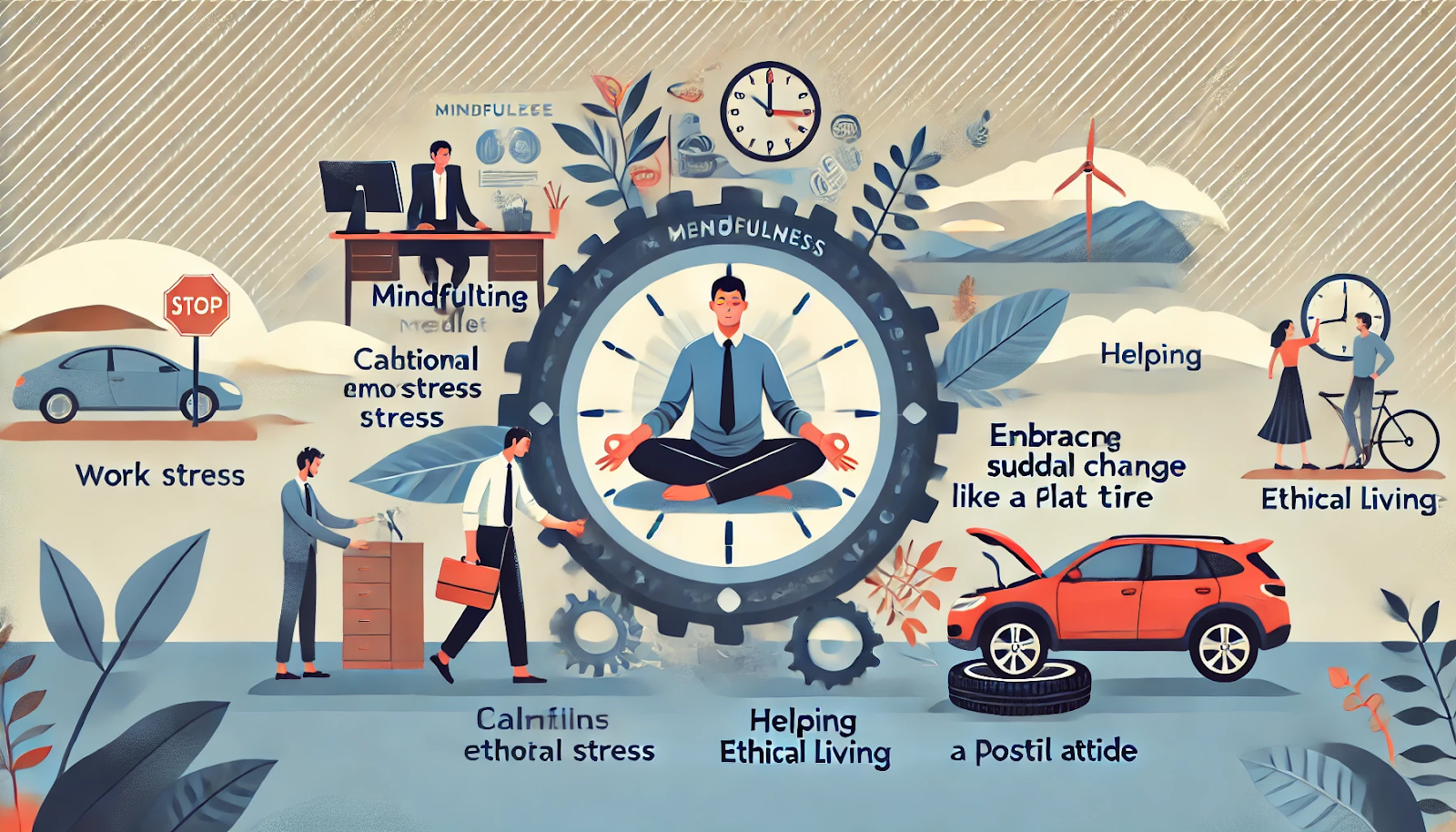Rediscovering Childlike Harmony: Overcoming Ego and Embracing Equality in Society

Young children often show us a pure way of seeing the world. When kids play together, they aren't concerned about differences like race or background. For example, on a playground, children of various ethnicities might come together to play a game of soccer. They focus on what they have in common—like their size and shared interest in the game. Their connection is based on these similarities rather than any differences. However, as children grow up, things start to change. They receive awards for achievements in school, sports, or other areas, and they begin to develop a sense of self-importance and ego. These rewards can unintentionally teach them to see themselves as separate or different from others, emphasizing competition over collaboration. In adults, this development of ego can lead to divisions and barriers. These barriers can be based on achievements, social status, wealth, or other differences, causing stress and conflict in society. For instance, in the workplace, an i...





